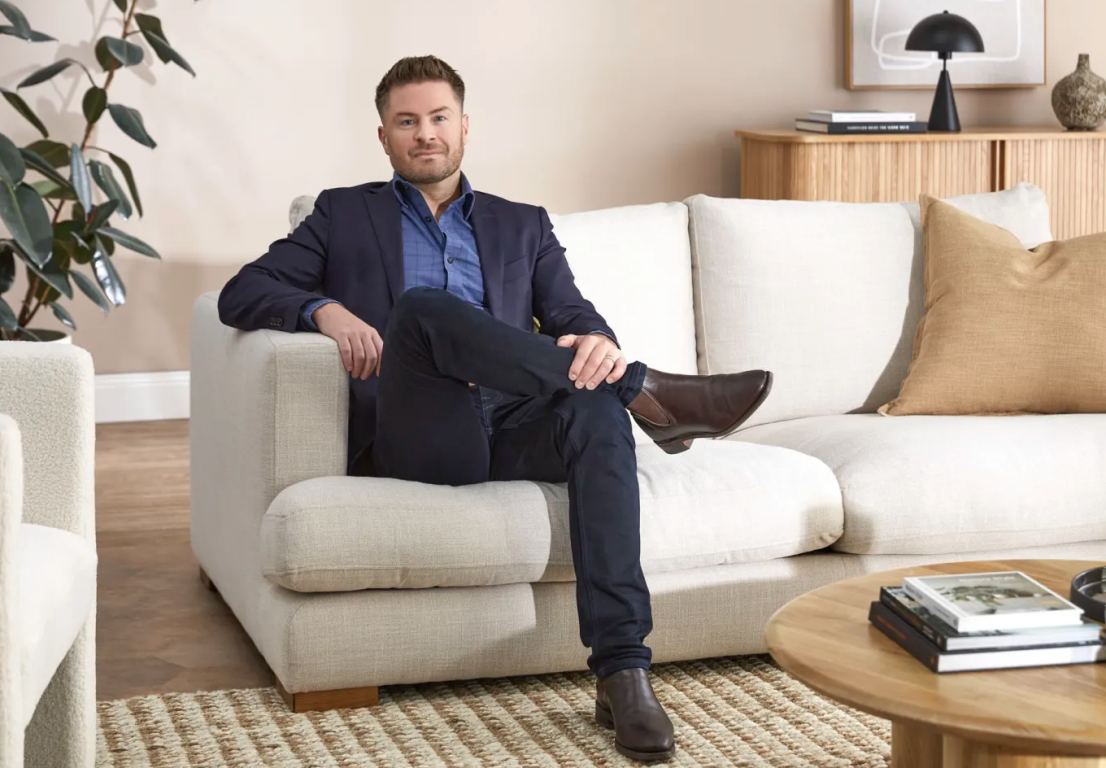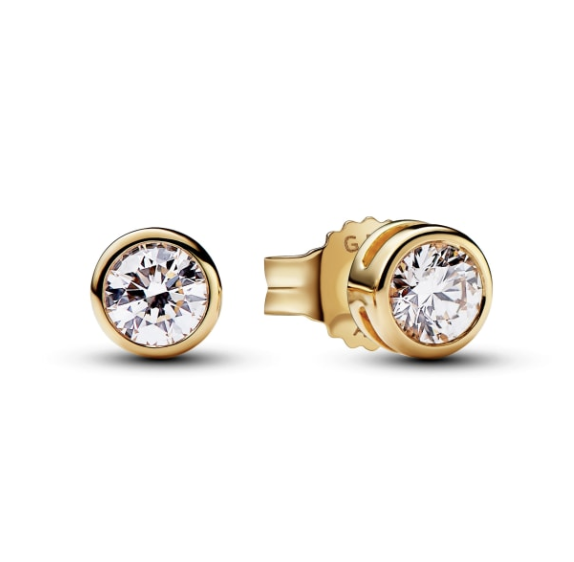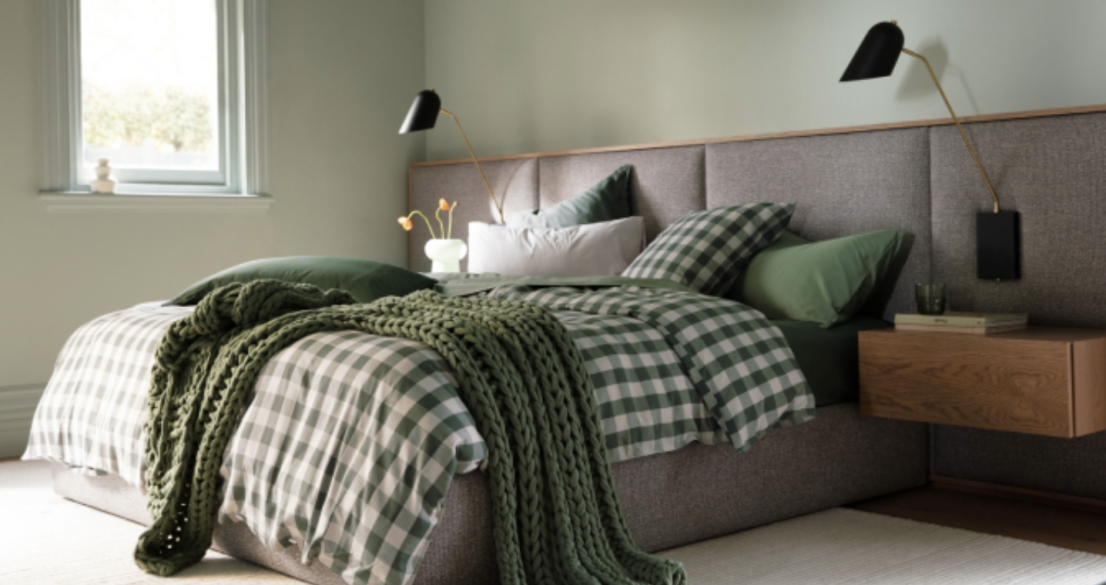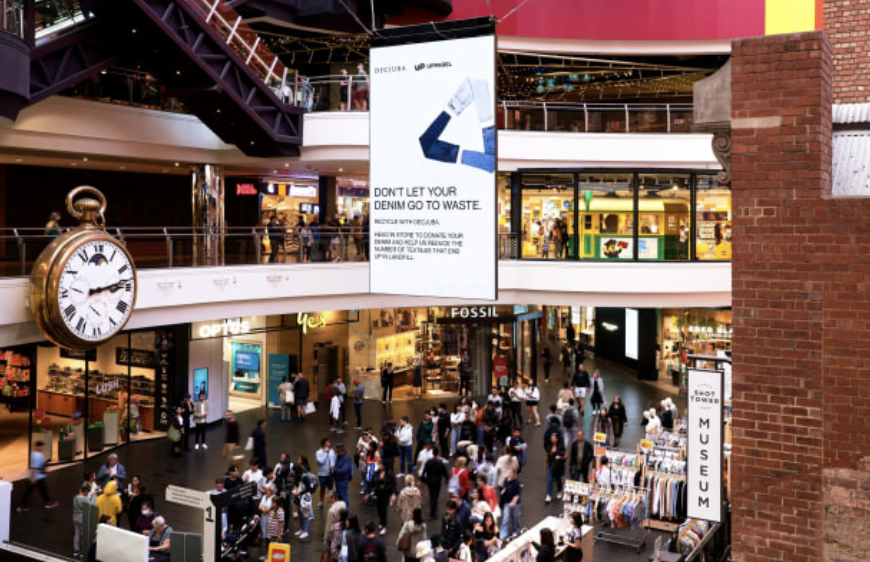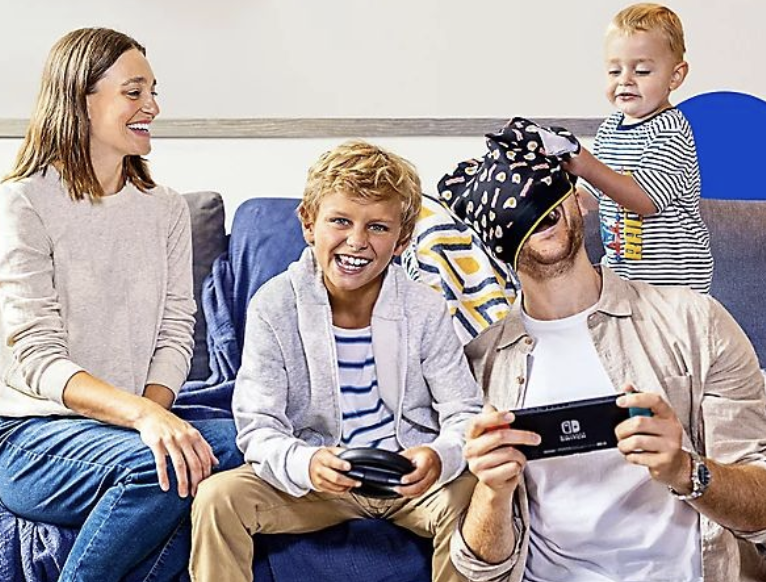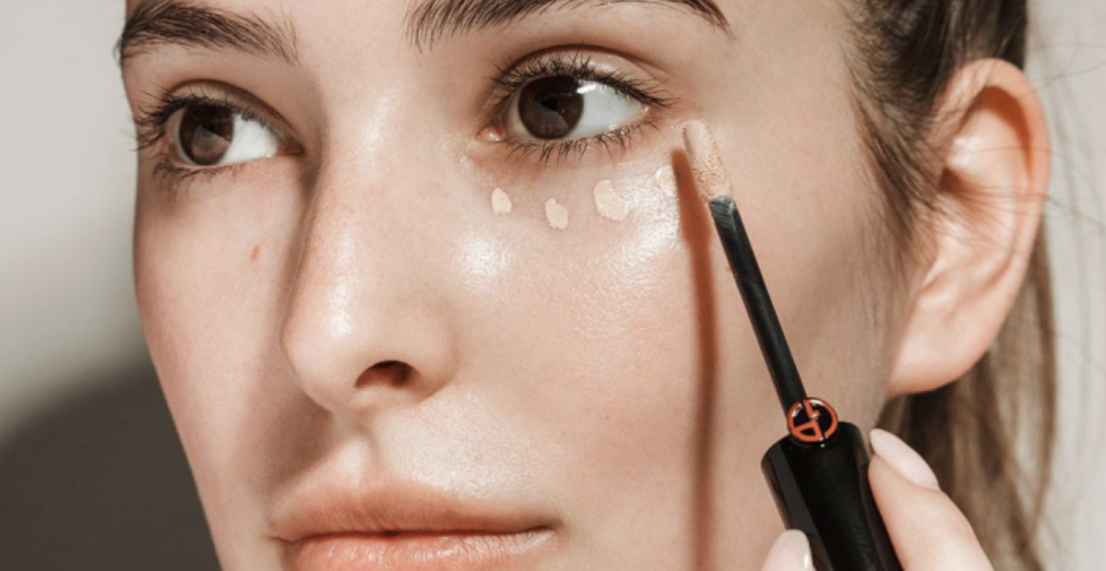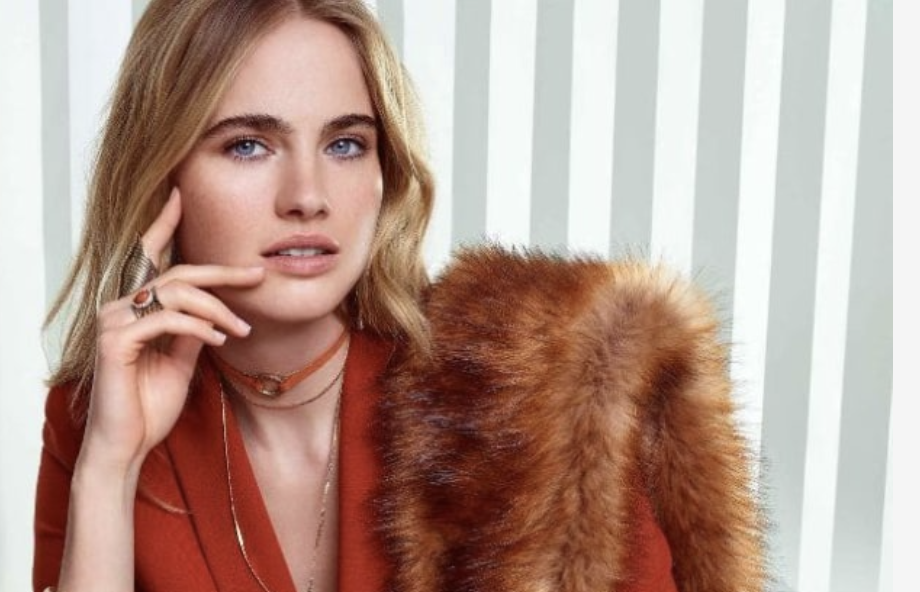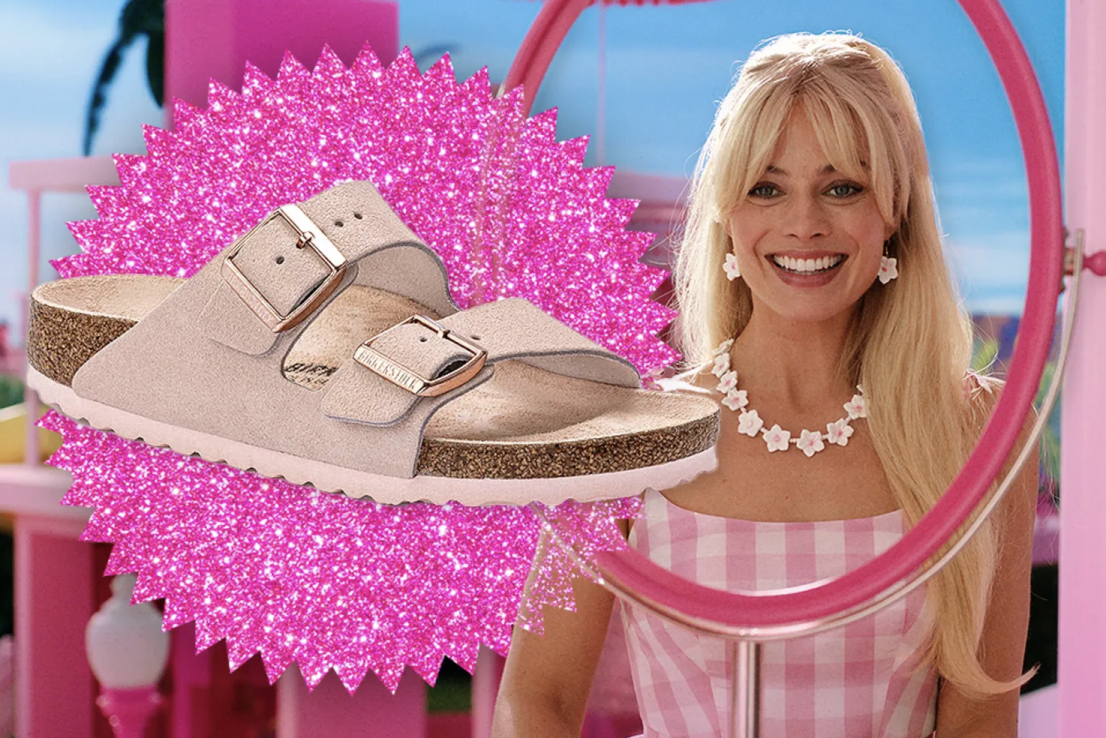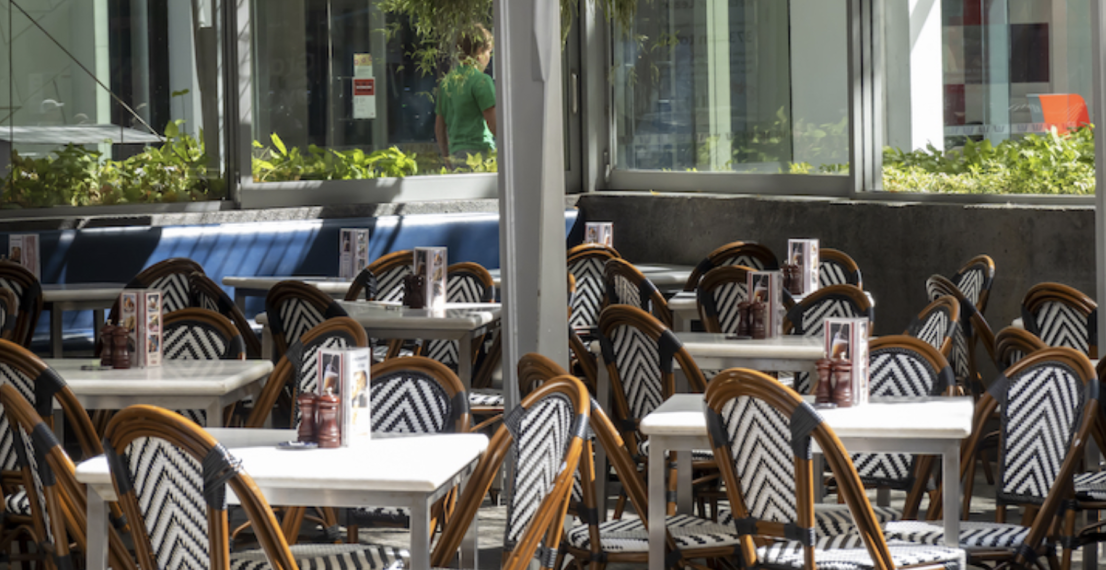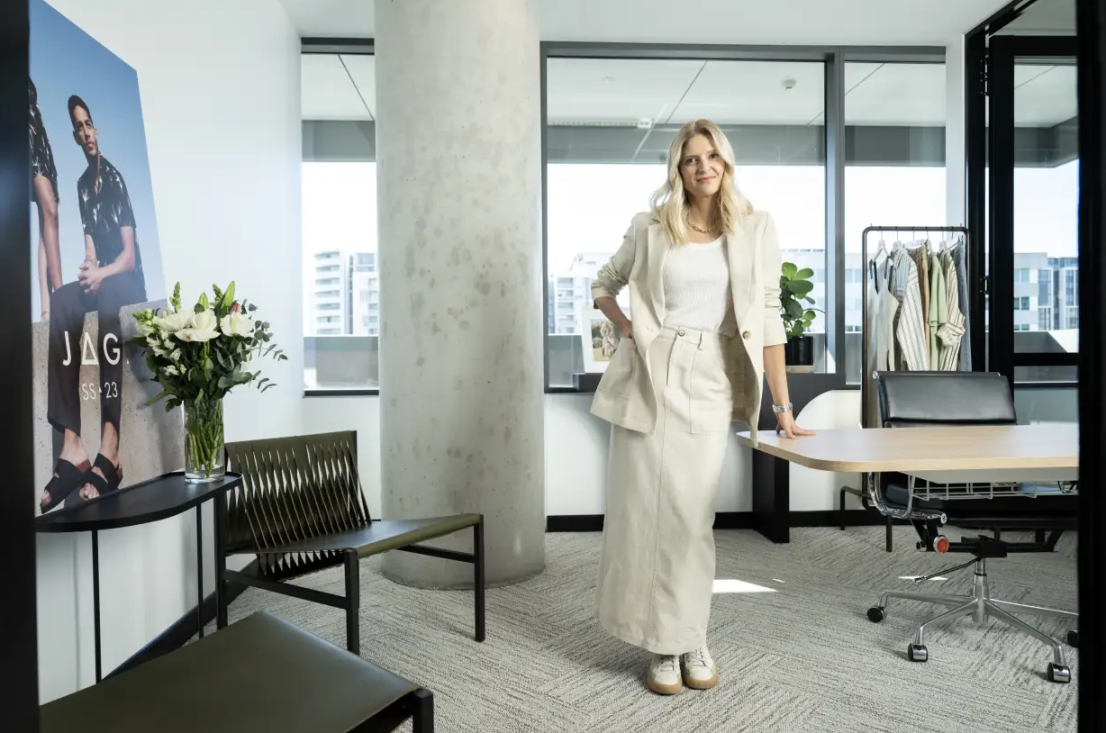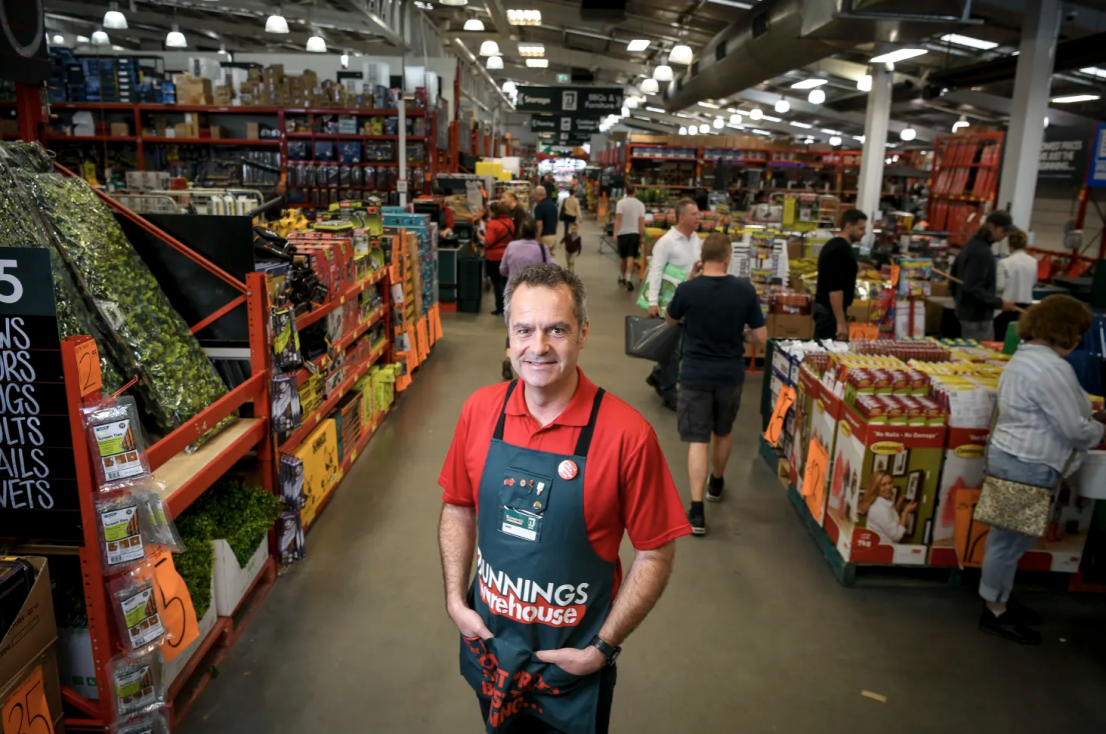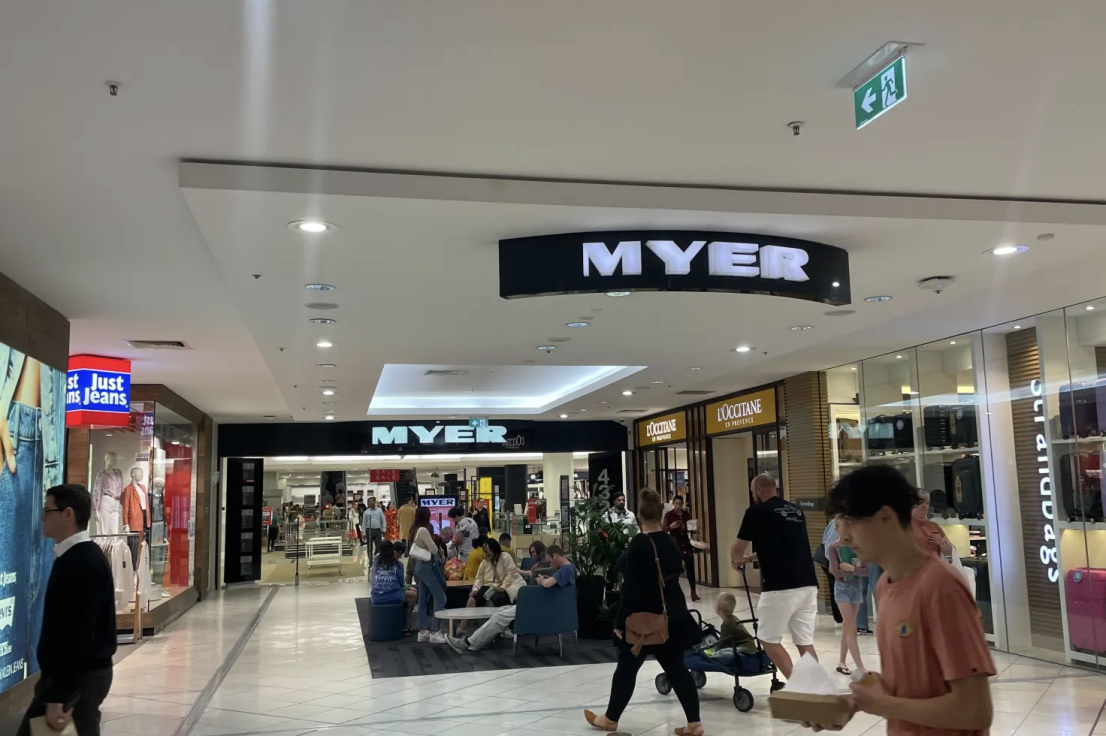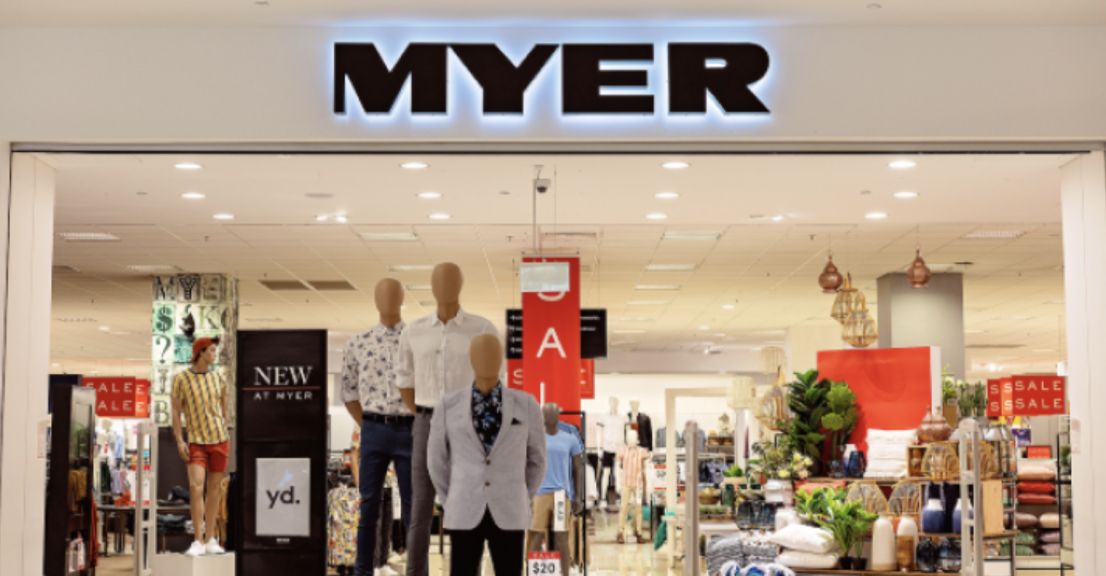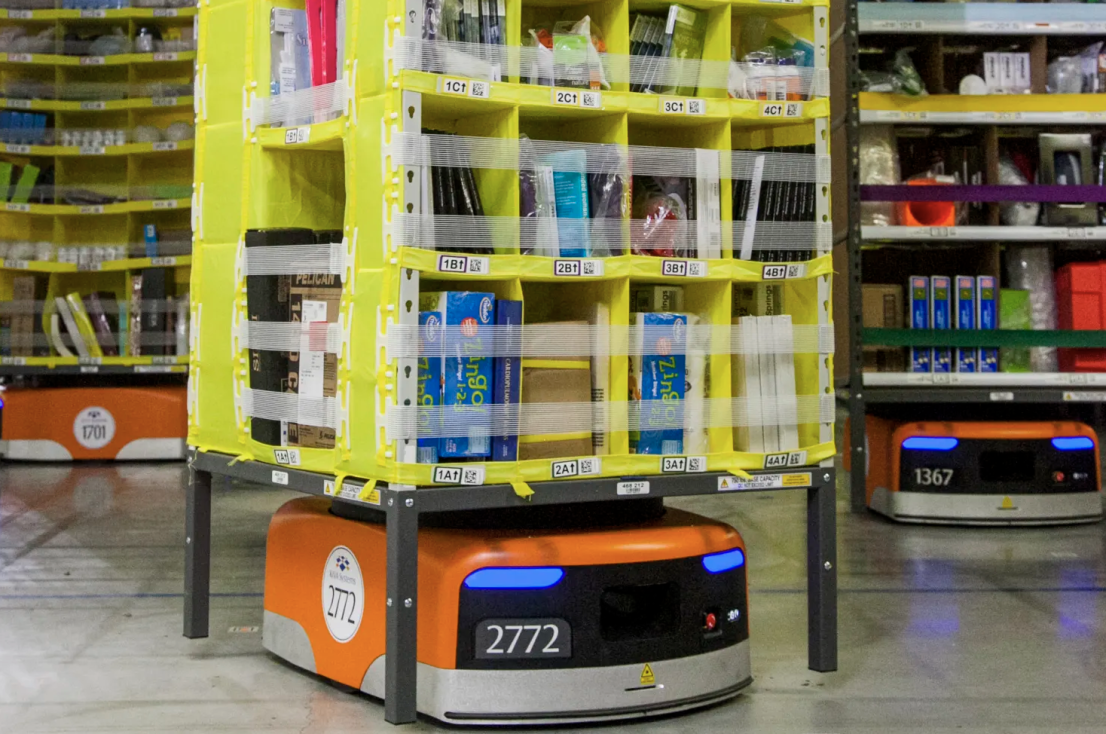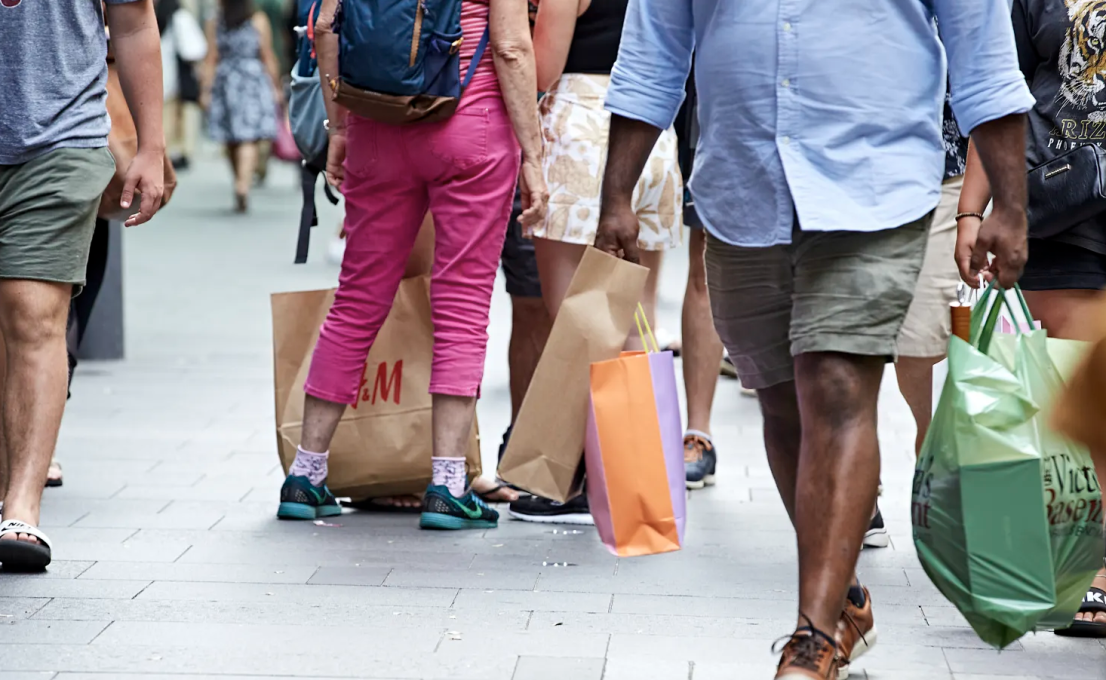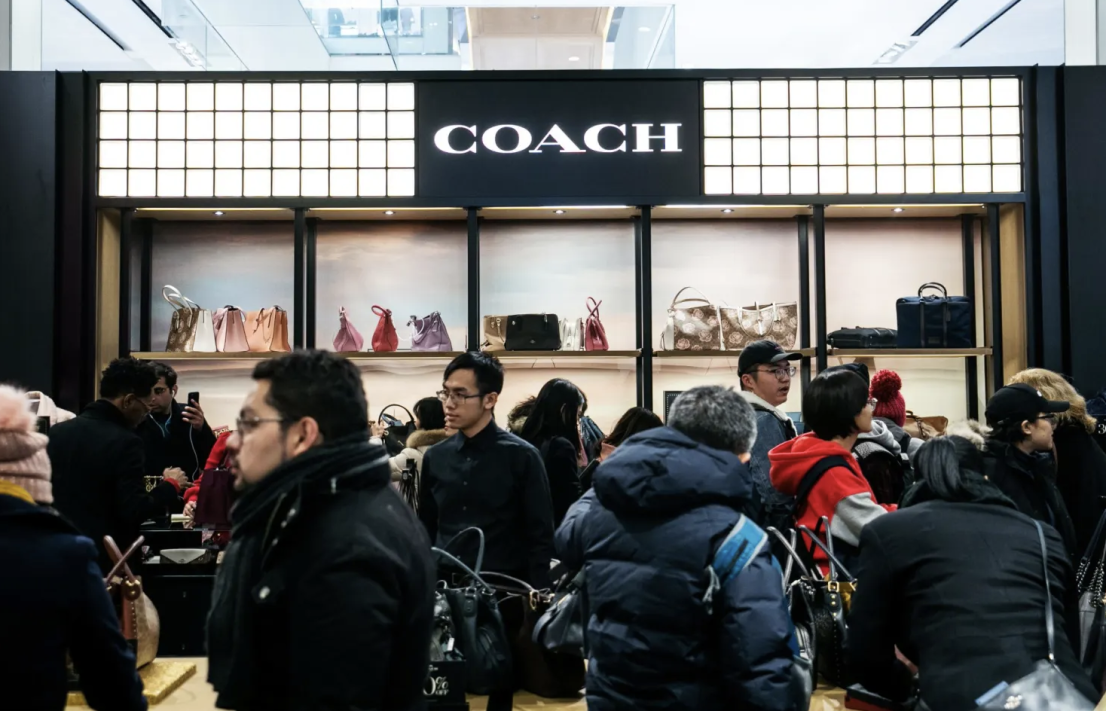
Retail giant Wesfarmers is unfazed by the softening consumer outlook, and is confident its stable of home-grown consumer brands, including Kmart and Bunnings, can keep shoppers interested in parting with their cash.
The ASX-listed $56 billion operator of Kmart, Target and Bunnings on Friday posted an 18.2 per cent jump in revenues for the year to $43.6 billion. Profits for the period were up 4.8 per cent to $2.47 billion, with Kmart and Officeworks delivering strong returns for the year.
Growth at DIY powerhouse Bunnings was slower for the 2023 full year, recording a 1.2 per cent jump in earnings to $2.2 billion for the year, with consumers more cautious about big-ticket purchases and renovations.
However, Wesfarmers chief executive Rob Scott was unconcerned about Bunnings’ trajectory, and told media the group had delivered a strong result after growing sales and earnings by about 40 per cent during the pandemic.
“The fact that they continue to move sales forward is a real credit to the team,” he said.
“Hopefully, it really demonstrates that the core of the Bunnings proposition is a lot of that repeatable, regular, essential spend.”
The performance of discount department store Kmart delivered the strongest evidence that Wesfarmers is meeting the demands of cash-strapped shoppers. Scott and Kmart Group boss Ian Bailey both said consumers were shopping across a broader range of categories within Kmart stores.
“As the quality of products improves, we’re attracting a lot of new shoppers,” Scott said.
Kmart has attracted a cult following on social media thanks to its low-cost lines of homewares, but Scott said customers had been branching out to spend in other areas at the retailer.
The products with solid growth include activewear, exercise equipment and health and beauty products, he said.
Bailey told analysts that shoppers in high, middle and lower income earning groups were all flocking to the brand.
“We are seeing all three groups growing with us – in terms of absolute numbers and average spend,” he said.
Kmart Group, which includes the Kmart and Target brands, recorded revenues up 16.5 per cent to $10.6 billion and earnings up 52.3 per cent for the year, to $769 million. Kmart Group had continued to benefit from “strong trading results” in the first weeks of the 2024 financial year, though this has moderated from the momentum during the six months to June.
The optimistic outlook for Kmart comes after other discount department store retailers flagged tougher conditions this week. Woolworths boss Brad Banducci said the company’s Big W brand faced challenging trading conditions as families cut back their spending on discretionary goods such as small appliances.
Wesfarmers’ technology and school supplies business Officeworks had revenues rise 5.9 per cent to $3.3 billion, while earnings were up 10.5 per cent to $200 million. Improved back-to-school sales results helped drive the growth amid an increased demand for stationery, art and office supplies, the retailer said.
Wesfarmers told investors that the group’s strong full-year result meant it was raising its dividend, with the final, fully franked payout coming in at $1.03 per share. This brings the full-year dividend payment to $1.91 per share, a 6.1 per cent increase on 2022.
Wesfarmers said cost pressures would continue to be elevated in the face of inflation and wage cost increases, but said its brands were able to leverage their scale and sourcing capabilities to offset some of this.
UBS, which has a buy on Wesfarmers, has kept its target price for the stock at $55 after the full-year numbers, noting that earnings at Bunnings, Kmart and Officeworks exceeded expectations, while its health and WesCEF divisions were just below market consensus.


